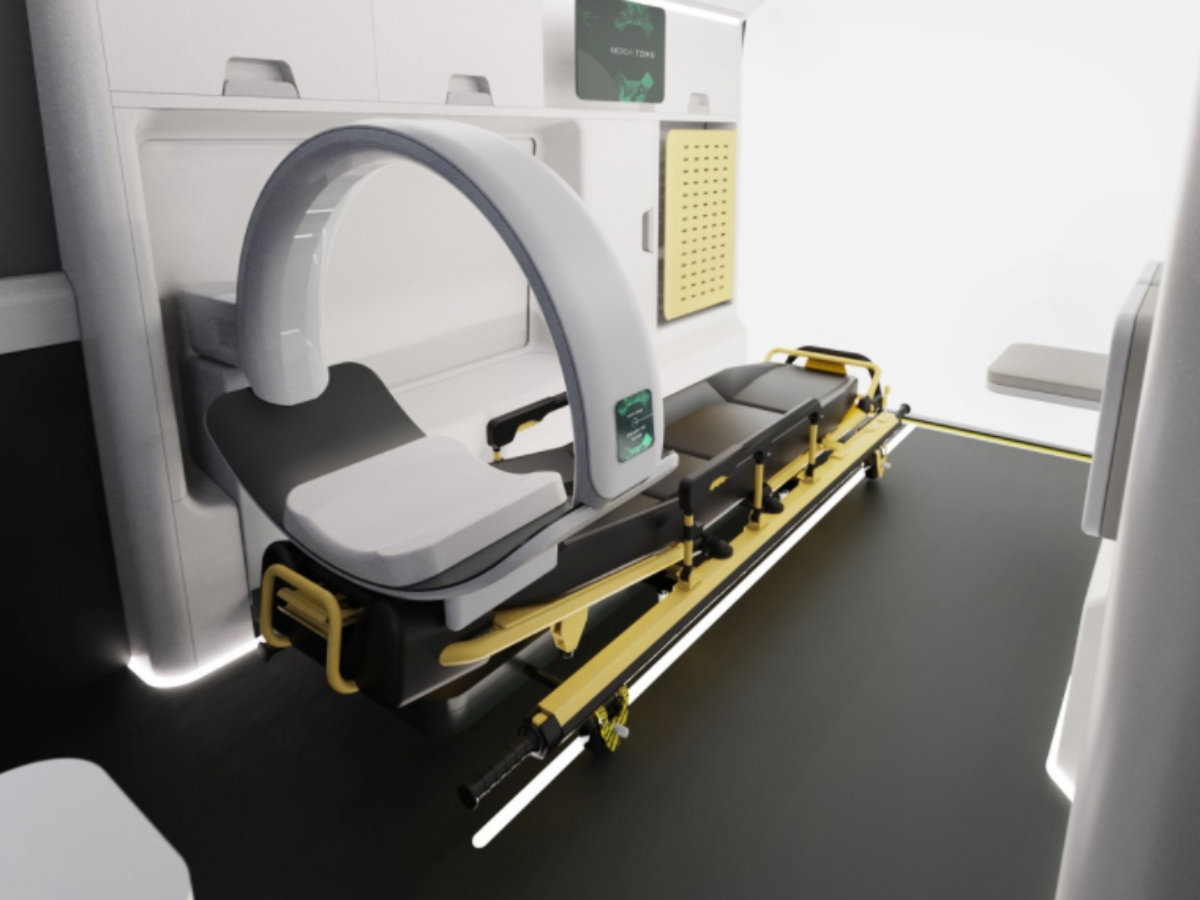Micro-X signs $8m stroke detection device contract

Carbon nanotube X-ray technology company Micro-X has signed an $8 million contract with the Australian Stroke Alliance to develop a lightweight CT scanner for pre-hospital stroke diagnosis in air and land ambulances.
The grant, part of $40 million funding by the federal government’s Medical Research Future Fund, aims to develop a scanner small and affordable enough to be fitted to numerous emergency vehicles.
Micro-X will spend five years further developing its Brain Tomo, or miniature cone beam computed tomography stroke scanner, along with the stroke alliance, Johns Hopkins University, Flinders University and FujiFilm.
The device is based on Micro-X’s cold cathode carbon nanotube X-ray emitters, the first major development in how X-rays are generated which is opening up new uses for its small X-ray machines.
The design uses a small arc with a number of static CNT X-ray emitters and a curved detector combined with image reconstruction software to produce 3-D CT images that allow diagnosis for ischemic and haemorrhagic stroke.
Conventional CT’s have a large heavy rotating tube and detector gantry, and a traditional hot cathode X-ray emitter..
Melbourne Brain Centre’s Professor Stephen Davis said: “Today there are 35 mobile stroke units operating globally, each providing a remarkable stroke recovery rate in many people.
“In five years our hope is that this game-changing research will set a new standard of care for pre-hospital stroke imaging.”
Micro-X managing director Peter Rowland said the mobility of the comp[any’s technology would be a game changer, particularly in remote and rural areas.”
Rowland said: “The proliferation of stroke imaging in air and land ambulances will make a huge impact on stroke survival and recovery rates.”
Last week medical device company EMvision signed a similar $8 million contract with the stroke foundation to develop its portable imager.
EMvision’s imager uses the same types of electromagnetic waves – microwaves – that mobile phones use to transmit voice and data for medical imaging.
Picture: Micro-X
Subscribe to our free @AuManufacturing newsletter here.
Topics Manufacturing News Technology
@aumanufacturing Sections
Analysis and Commentary Awards Defence Manufacturing News Podcast Technology Videos










